Are develops technical building systems that reduce energy consumption in heating, ventilation and lighting. Increasingly stringent energy regulations are opening up new markets for the company.
Technical building systems that control heating, cooling, ventilation and lighting play a key role when there is a desire to improve the energy efficiency of buildings. Building services provider Are developed the Are Sensus technical building system, which makes it possible to control all building energy flows centrally. “Thanks to the smart system, less energy is consumed,” says Vesa Hakkarainen, Are’s Business Area Director, Building Services Contracting.
“In a conventional system, the cooling might be at full output in one room, while the heat is on in the room next door. There’s no communication going on between the ventilation and heating systems,” explains Hakkarainen.
More emphasis on technical building systems in the future
Are Sensus is a patented product of the Finnish company. Several research and educational institutions, such as the VTT Technical Research Centre of Finland, Aalto University and Stockholm’s KTH Royal Institute of Technology, contributed to its development. According to Hakkarainen, with this new type of solution, the consumption of energy purchased from outside the property can be reduced by 25-35% compared to more conventional systems. “In addition to energy savings, optimal indoor conditions enhance user satisfaction.”
Energy-efficiency building regulations have become more stringent year by year. At the beginning of 2021, an EU directive will enter into effect requiring all new buildings to be nearly zero-energy. Heating these buildings will require virtually no energy purchased from an outside source.
Hakkarainen points out that it would be difficult to further improve upon the energy efficiency of windows, wall elements and other building materials, and buildings cannot be made any more tightly sealed without compromising the indoor air quality: “That’s why the importance of technical building systems will be emphasised in the years to come with the aim of achieving carbon neutrality.”
Use of renewable energy growing
Another rising trend in the property sector is the diversification of energy production forms. Traditionally, properties have acquired the energy they need from outside sources, such as district heating or district cooling. In the future, more and more properties will be producing their own energy using, in particular, renewable solar and geothermal heating.
“The job of a technical building system professional is to integrate the different forms of energy, manage energy flows and create a functional, comprehensive package. This is more challenging than supplying energy to the building from just a single source,” says Hakkarainen.
References primarily from the domestic market
The opportunities that cleantech offers Finnish companies have been acknowledged for years, but Hakkarainen says that transforming innovations on the international market into successful products and services is no easy task: “The functionality of the products first has to be proven on the domestic market. However, Finland’s market is limited.”
He hopes that property owners and building developers in Finland will be bolder in adopting new innovations, which improve energy efficiency and reduce emissions. In many new or renovated building projects, there is a desire to rely on tried-and-tested technical building systems: “We’re not even given a chance to simply offer a comprehensive system that maximises energy efficiency because the heating, ventilation and plumbing systems are often tendered out separately.”
In Hakkarainen’s opinion, it is important to consider energy consumption and costs for the entire life cycle of a building when choosing a technical building system. “Unlike in many other countries, we here in Finland still focus way too much on the purchase price. Elsewhere, energy efficiency during the building’s life cycle is given much more weight.”
Hakkarainen adds that municipalities and the government play a major role in promoting new energy-saving building solutions, since the public sector is a major building developer. “New types of solutions could be given preference in the rating of bids for public construction projects. This would promote the adoption of clean solutions, not to mention the growth of companies developing them.”
Text: Matti Remes
Is your company interested in carbon neutrality? Get your own practical carbon neutrality toolkit!
Sitra has put together a toolkit for companies (available in Finnish only). It covers operational areas that are key to achieving carbon neutrality: strategy, leadership and culture, new business opportunities and carbon efficiency. The toolkit presents companies with information on the benefits of carbon neutrality by offering ideas, models and examples of methods which some companies have already used to come up with successful solutions. You can use these tools to set your business on the road to cleaner solutions and carbon neutrality, thus maintaining your competitiveness.
Download the toolkit (PDF, in Finnish) to your own computer or view it directly on our website. When you open the PDF version in Adobe Acrobat Reader, you will be able to navigate by clicking on the content and sections you want to read more about. You can also move forwards and backwards using the arrow buttons if you wish to read the entire document.
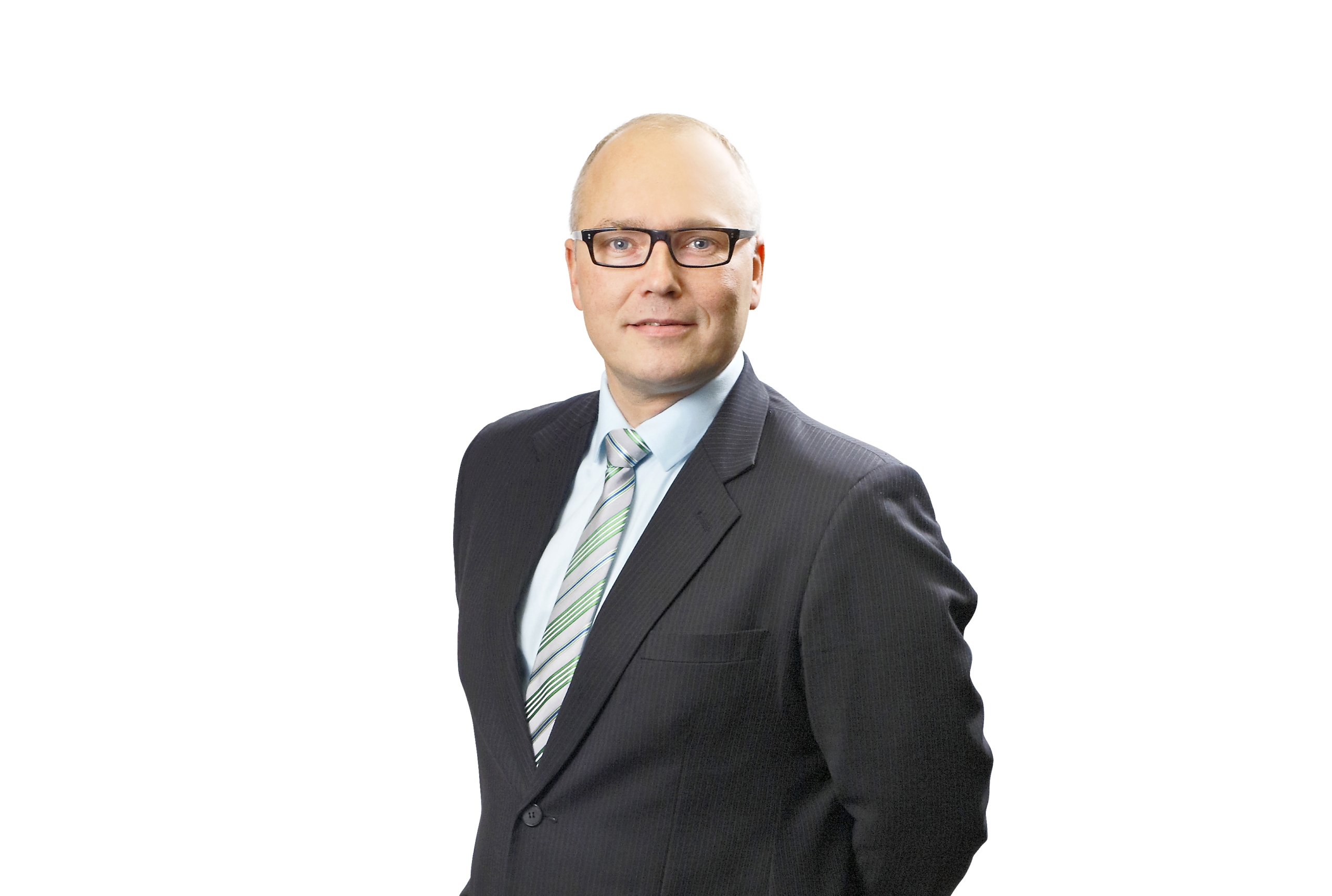


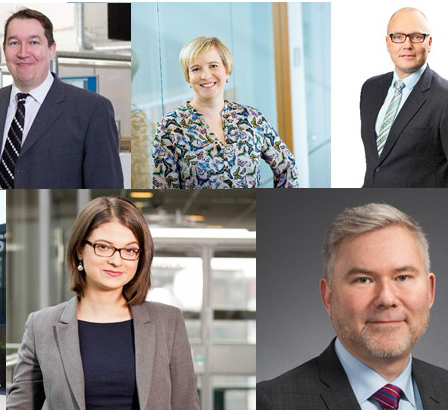

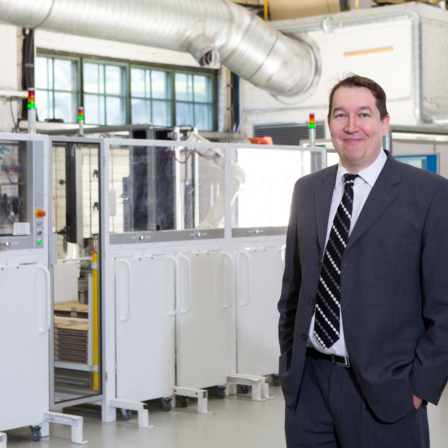
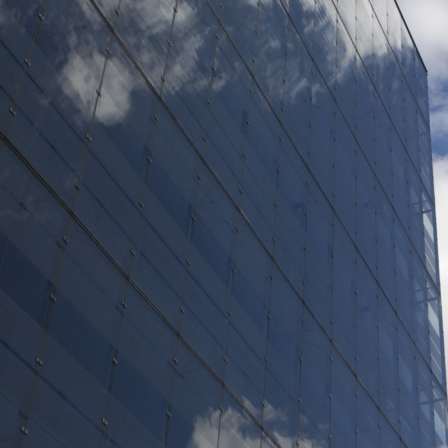

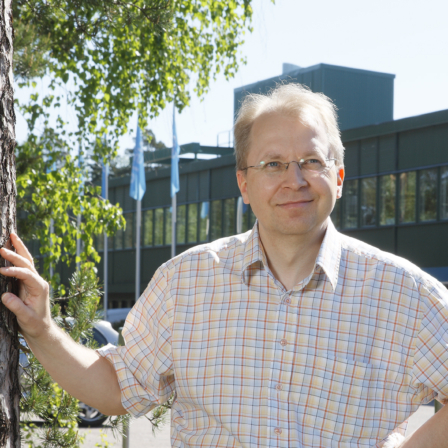

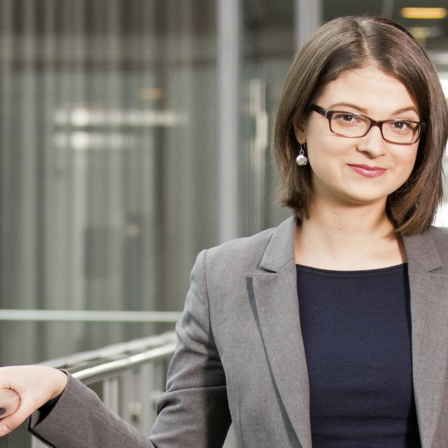
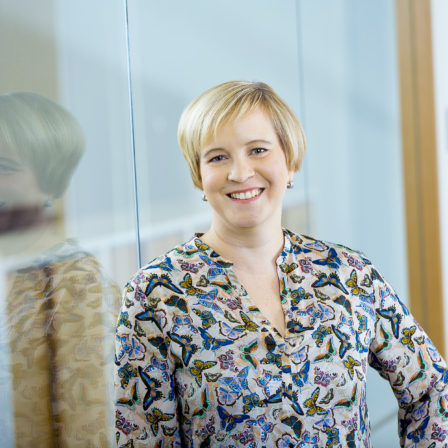
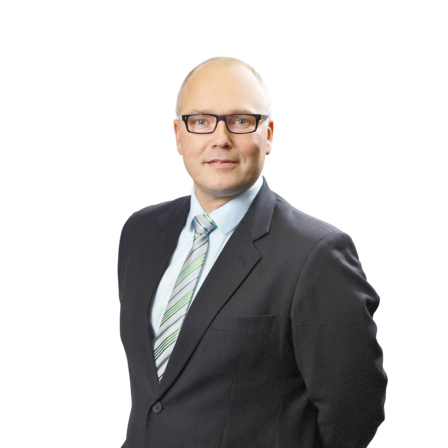

















Recommended